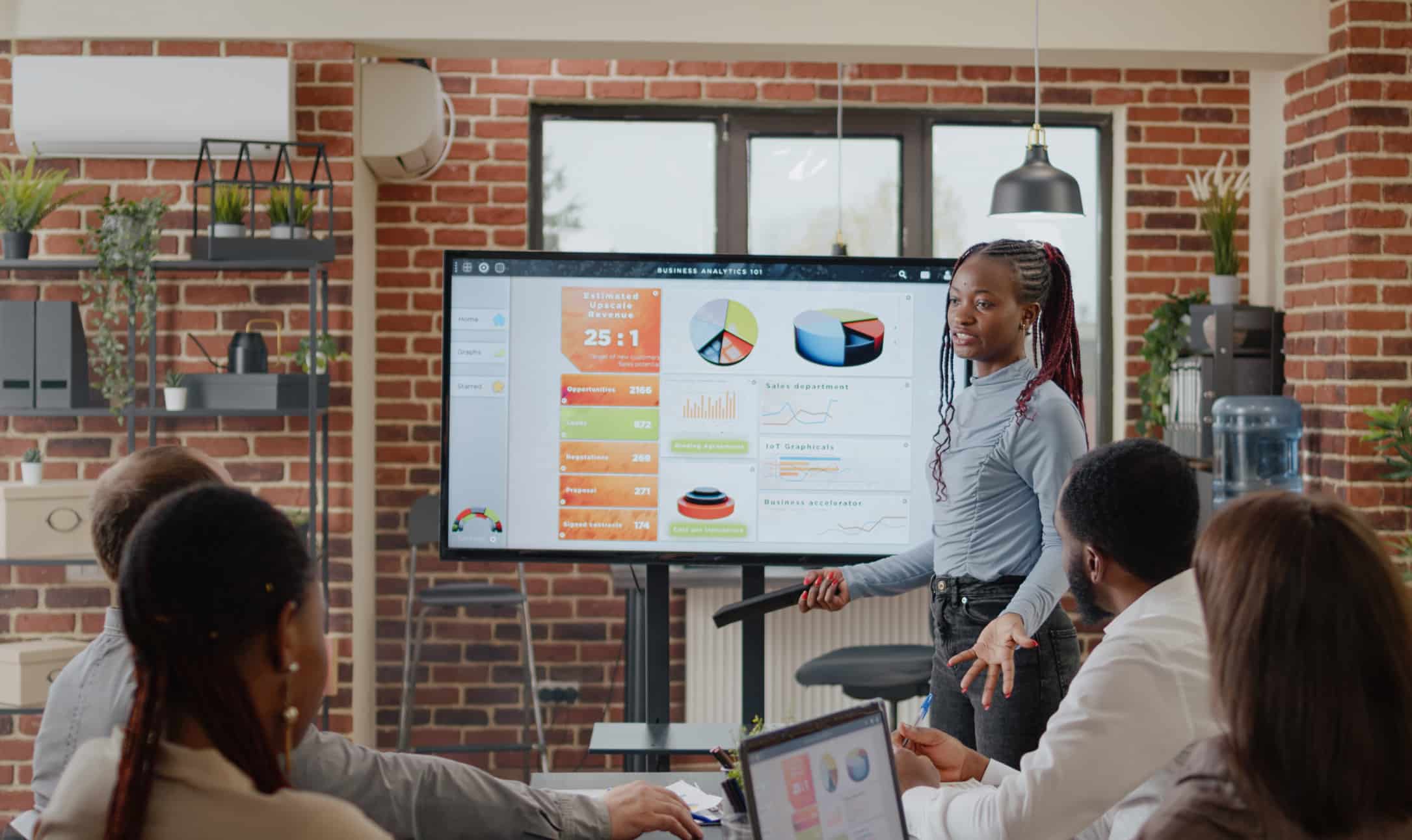Remote and hybrid work has an overwhelming effect on productivity and an outstanding work-life balance (most times). But it’s not without challenges – especially regarding employee performance management.
Here are the four primary challenges:
Communication Gaps: Missed or misread emails, chat messages arriving at busy moments, or lost contextual cues. Then, there are language and cultural barriers for international remote teams working in different time zones, leading to more confusion.
Employee Engagement and Motivation: Remote employees often feel disconnected from their company’s mission and their impact on the ‘bigger picture.’ This can lead to decreased employee engagement and motivation—thus costing their productivity and accountability.
Balancing Flexibility and Productivity: 47% of remote workers feel that their line between work and family time is blurred. Here, balancing productivity and providing flexibility in working and learning becomes a challenge.
Difficulty in Monitoring and Assessing Performance: With multiple managers and managing styles, standardizing the review process of remote employees’ performance can take time and effort.
Addressing these performance management challenges can, therefore, help improve employee engagement, results, and overall success. Plus, by adopting these changes in your employee onboarding and management strategies, you can improve workplace performance and employee retention rate from the get-go.









